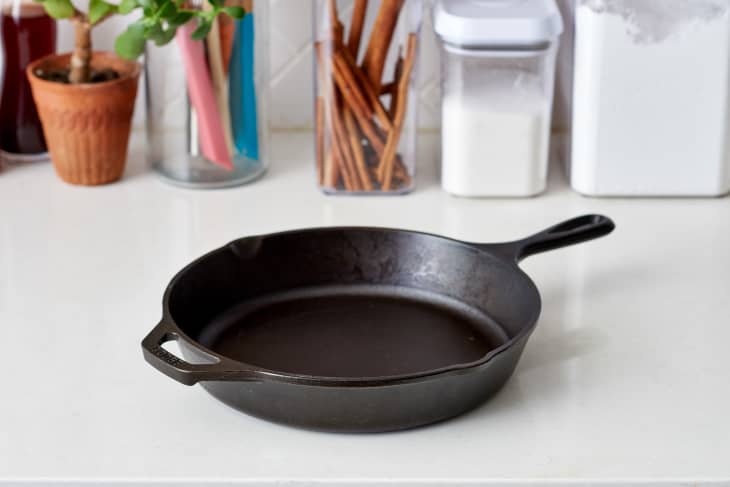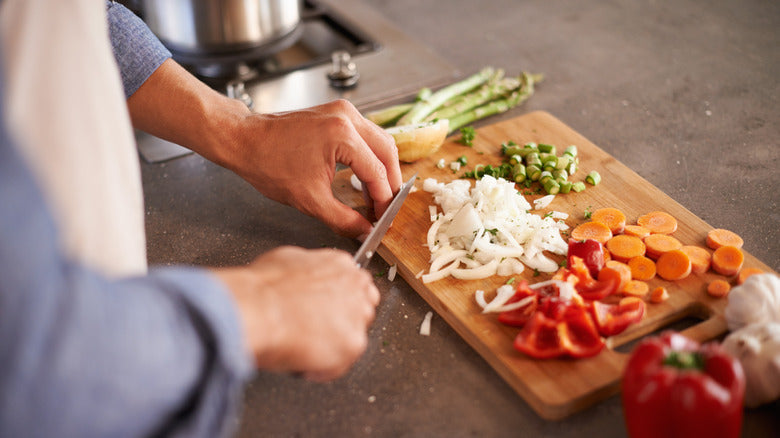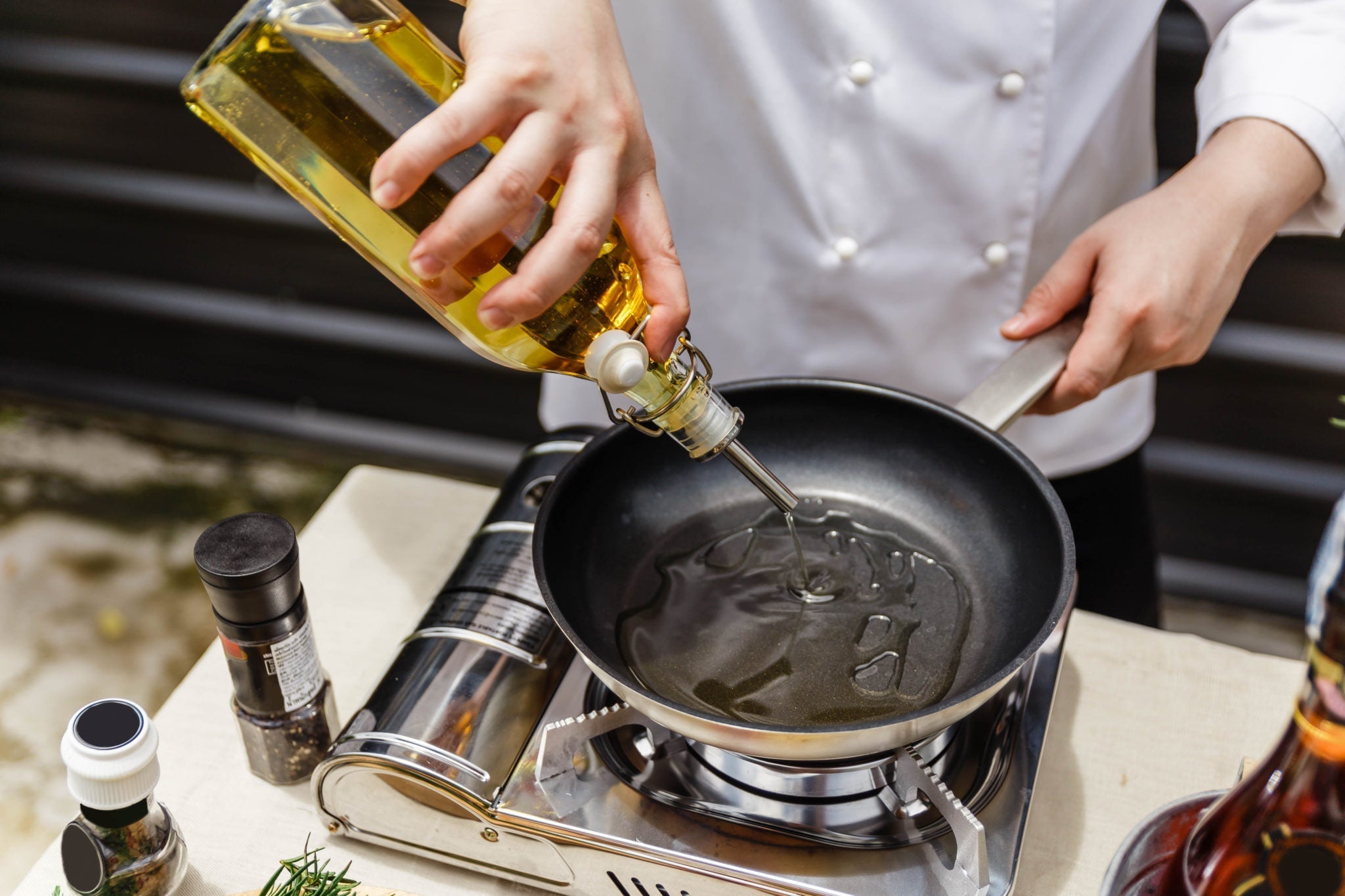When it comes to cooking, a well-seasoned skillet is essential for optimal performance. In the culinary world, the question of how to season an enamel cast iron skillet often arises. This guide is tailored specifically for kitchen professionals who rely on their cookware to deliver delicious, consistent results.
Enamel cast iron skillets are beloved for their excellent heat retention, durability, and ability to prevent food from sticking. However, to harness their full potential, mastering the seasoning process is key. In this article, we'll cover the fundamental techniques, tips, and myths associated with seasoning your enamel cast iron skillet.

Understanding Enamel Coating
The unique feature of enamel cast iron skillets is the protective enamel coating that prevents rusting and requires less maintenance than traditional cast iron. However, while the enamel protects the cookware, it can also alter the typical seasoning process that many professionals are used to.
Why Season an Enamel Cast Iron Skillet?
Many kitchen professionals might be under the impression that they dont need to season enamel cast iron skillets due to their non-stick coating. However, seasoning improves the skillet's natural resilience and resistance to scratching. Additionally, seasoning can enhance the overall release properties of food and safeguard against the leaching of flavors, making it an essential part of maintenance.
Step-by-Step Guide on How to Season an Enamel Cast Iron Skillet
Follow these steps to properly season your skillet:
Step 1: Thoroughly Clean the Skillet
Begin by scrubbing the skillet with a mild detergent and water using a soft sponge. This removes any remnants from previous cooking, allowing for an even seasoning. Make sure to rinse thoroughly and dry completely to prevent any moisture from interfering with the seasoning process.
Step 2: Apply Oil Generously
Choose an appropriate oil with a high smoke point such as vegetable oil or canola oil. Pour a tablespoon of oil into the skillet, and using a paper towel, spread it evenly over the surface, ensuring that every nook is covered without any excess pooling.
Step 3: Preheat the Oven
Preheat your oven to around 350F (175C). This temperature is perfect for allowing the oil to bond with the enamel surface without smoking excessively. Make sure your kitchen is well-ventilated during this process.
Step 4: Bake the Skillet
After the oven reaches the desired temperature, place the skillet upside down on the center rack to ensure even coating. Bake for around 30 minutes. You can place a baking sheet under the skillet to catch any drips, which is a crucial step in maintaining a clean oven.
Step 5: Cool and Repeat as Necessary
Once the time is up, turn off the oven and allow the skillet to cool inside. Repeat this process 2-3 times to build up a robust protective layer. Each subsequent seasoning will improve the non-stick qualities over time.
Common Myths and Misconceptions
Even skilled professionals fall for common myths. Lets debunk a few misconceptions surrounding enamel cast iron skillets:
- Myth 1: They don't need seasoning.
- Myth 2: Any oil can be used for seasoning.
- Myth 3: Enamel coating is indestructible.
Incorporating Seasoning with Cooking
As you start cooking, the seasoning continues to develop. Each time you cook fatty foods, like bacon or oily dishes, you are actively maintaining and improving the seasoning layer. Regular use will result in a better non-stick surface, making it even more crucial for professionals in fast-paced kitchen environments.
Cleaning and Maintaining Your Skillet
After seasoning, maintaining your skillet is equally important to keep it in top shape. Always avoid using abrasive scrubbers and harsh chemicals, as they can damage the enamel coating. For thorough cleaning, consider reading this guide on cleaning cast iron.
FAQs About Seasoning Enamel Cast Iron Cookware
1. How often should I season my enamel cast iron skillet?
It depends on usage, but experts recommend seasoning every few months or when the surface starts to feel sticky or has food residue.
2. Can I use enamel cast iron on high heat?
While enamel cast iron can handle high heat, consistent exposure may damage the enamel. Always check the manufacturer's guidelines regarding temperature limits.
3. What should I do if my food sticks to the skillet?
If you experience sticking, it may be time to re-season the skillet or adjust your cooking method, ensuring enough oil is used during cooking.

Conclusion
Knowing how to season an enamel cast iron skillet is a fundamental skill for kitchen professionals looking to enhance their culinary tools. With the right seasoning techniques and proper maintenance, your skillet will serve you well for years to come. Don't overlook this essential process - the flavor of your dishes may depend on it!
As an Amazon Associate, I earn from qualifying purchases.






Leave a comment
This site is protected by hCaptcha and the hCaptcha Privacy Policy and Terms of Service apply.